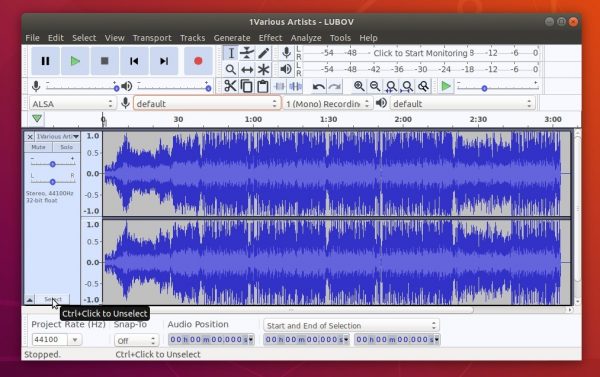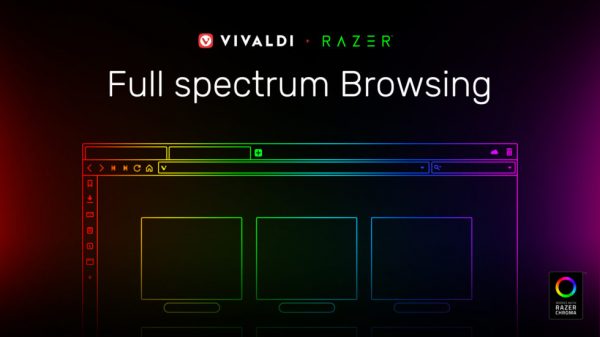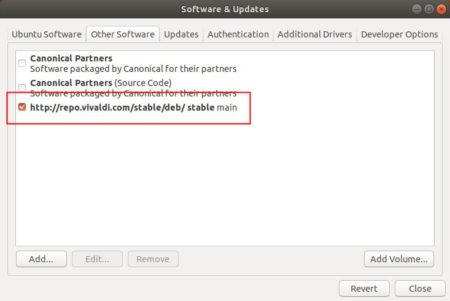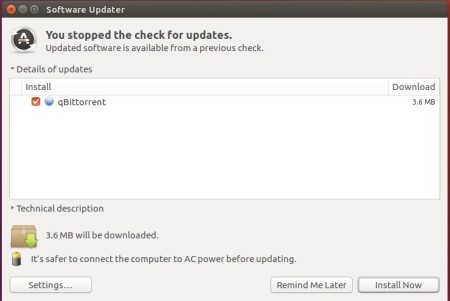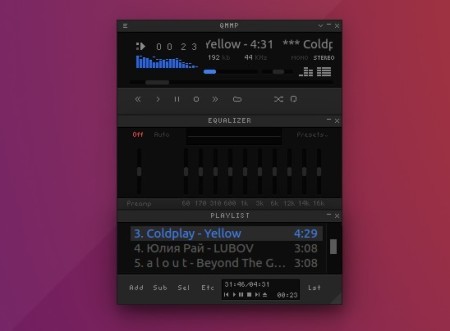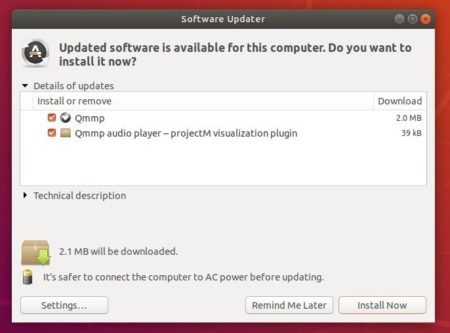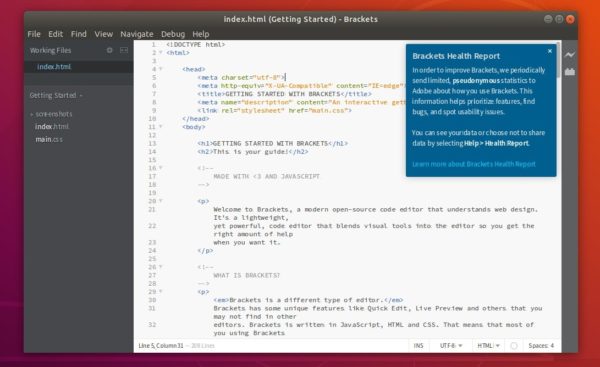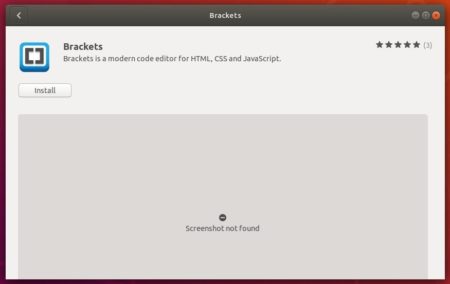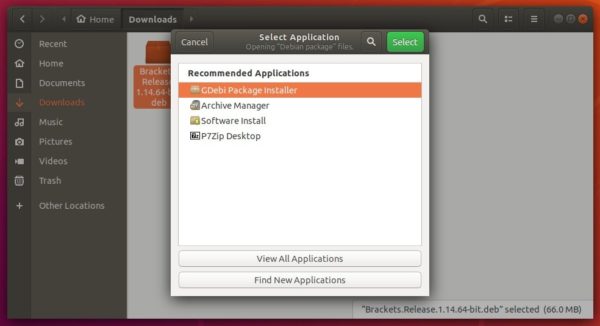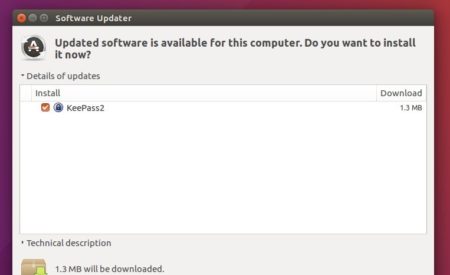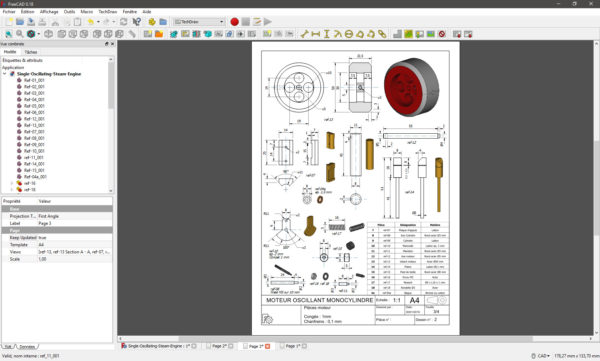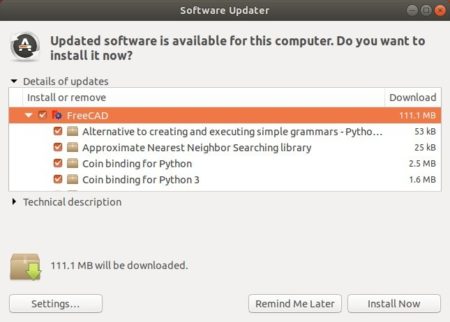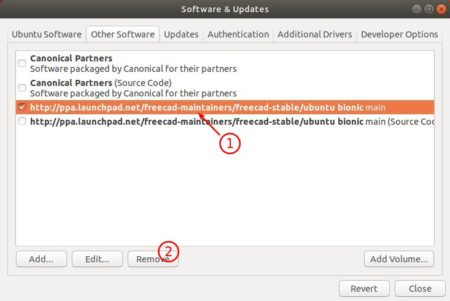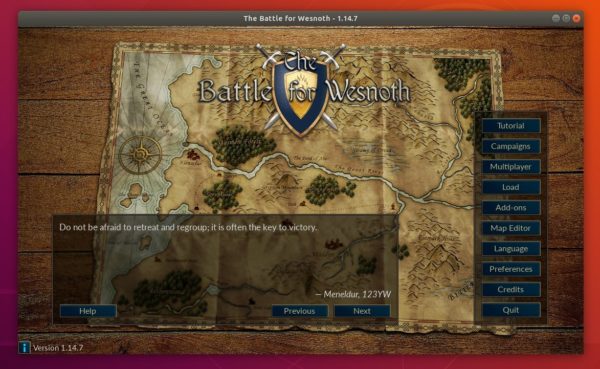![]()
Audacity audio editor and recorder released version 2.3.2 a day ago with some improvements and various bug-fixes. Here’s how to install it in Ubuntu 16.04, Ubuntu 18.04, and higher.
Audacity 2.3.2 release highlights:
- Include LAME mp3 encoder (though it’s there in PPA build for long time).
- New ‘Select’ button in the track panel to select the whole track.
- Audacity mod-script-pipe for driving Audacity from Python now comes with Audacity and can be enabled via preferences.
- Type to Create a Label is now off by default.
- A plug-in installer for Nyquist now provides a file browser for selecting ‘.NY’ files to install.
- And over 20 bugs were fixed in the release.
How to Install Audacity 2.3.2 in Ubuntu:
The unofficial PPA has built the 2.3.2 packages for Ubuntu 16.04, Ubuntu 18.04, Ubuntu 18.10, Ubuntu 19.04, and their derivatives, e.g., Linux Mint 18.x and 19.x.
1. Open terminal either via Ctrl+Alt+T keyboard shortcut or by searching for ‘terminal’ from application menu. When it opens, run command:
sudo add-apt-repository ppa:ubuntuhandbook1/audacity
Type user password (no asterisk feedback due to security reason) when it prompts and hit Enter to add the PPA.

2. If you have a previous version installed, you can upgrade Audacity via Software Updater after adding the PPA.
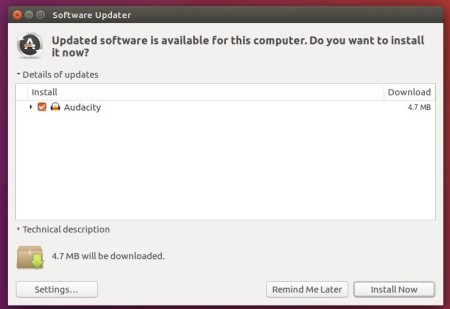
or run following commands one by one to check updates and install (or upgrade) audacity 2.3.2:
sudo apt-get update sudo apt-get install audacity
Uninstall:
To remove the PPA repository, launch Software & Updates utility and navigate to ‘Other Software’ tab.
To remove Audacity audio software, either use system package manager or run command in terminal:
sudo apt-get remove --autoremove audacity audacity-data



